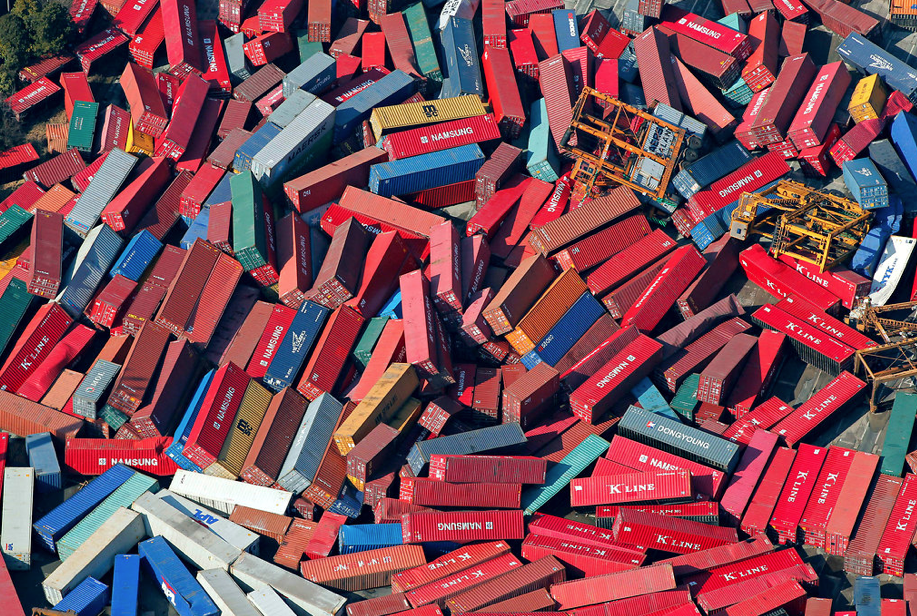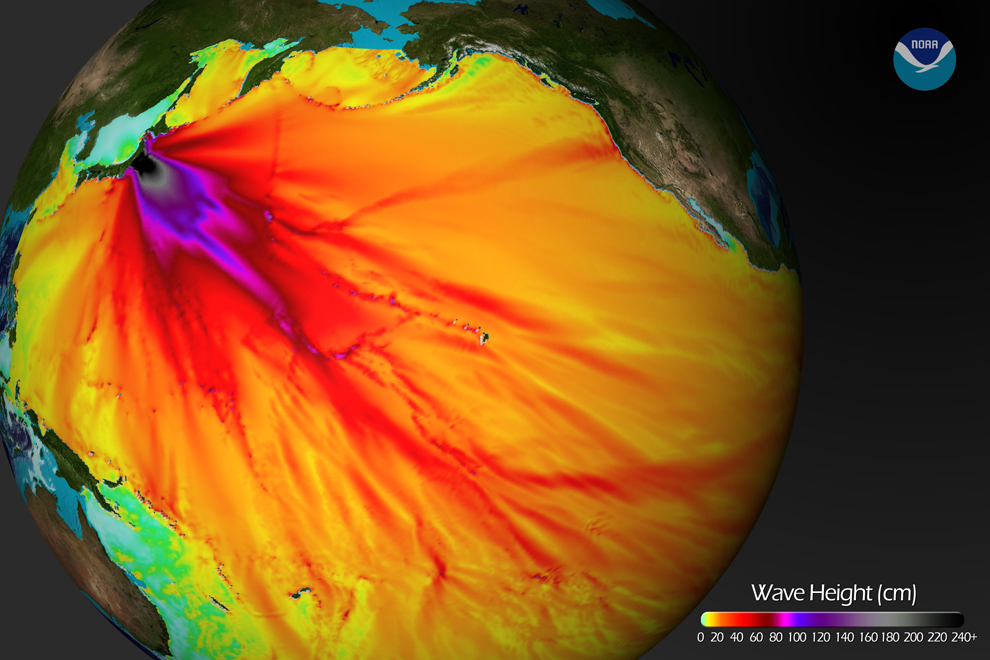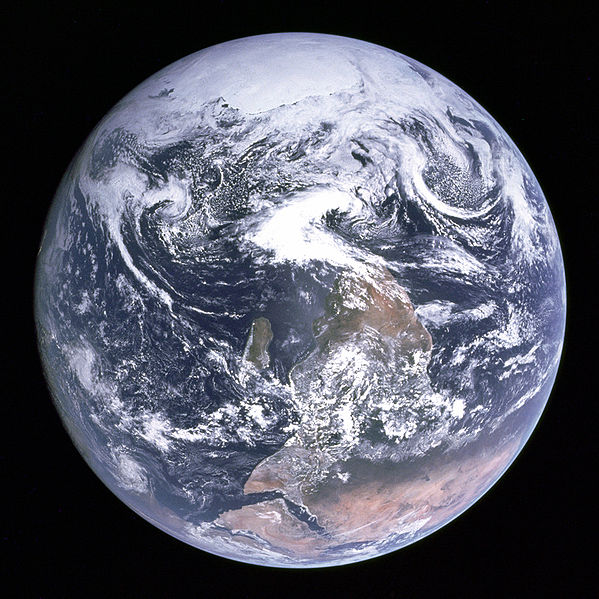The human mind has the amazing capacity to calculate magnitudes far beyond the scale of ordinary experience. We can speak of the size of the earth or the galaxy or the universe, using terms such as “light years” as if we had lived through them regularly, or discuss whether the earth is 4.5 or 4.54 billion years old as if we might have there for the birthday parties. We can “scale” up with ease, whether increasing a recipe or clicking on the magnitude button at Google Maps. One result is that it is easy to forget how much distortion is occurring when we do so. Our knowledge of magnitudes comes at a price: we forget how much distance or time or damage is actually involved. Indeed, we are more likely to grieve for one death than 100,000. So, magnitude, particularly when talking about human experience, can prove to be a difficult matter: something that can lead to serious distortions in sympathy, knowledge, and response when trying to deal with disasters and other large scale events.
One consequence is that people need to imagine magnitude: they need to draw on their imaginations to fill in the abstraction created by large numbers. This imaginative representation of events is particularly important for collective action on behalf of the general welfare–which is the key to human success as a species. That is, an ability to imagine the magnitude of a catastrophe can ensure effective collaboration in response to present emergencies and guide precautionary measures on behalf of a better future. But large magnitudes are, by definition, difficult to see. I can use a world map precisely because I don’t see the actual size of the earth. Managing scale requires abstraction, not visualization.
Fortunately, we have visual arts that we use for just this reason (among others). The photographer or designer can show us the world in a way that emphasizes magnitude in order to counter our habitual abstraction and its emotional and thus social consequences. The public image is an aid to public imagination, one that can help us move beyond merely seeing the localized effects of what happened where and when. The challenge is to show us that and more: to engage the imagination in a manner that fills in the gap between particularity and abstraction, between the collapsed house and numerical measures of causal forces. And by bridging that gap, the public image helps us cross the space between one person and another person, one group and another group, one nation and another nation.
Everything depends on it. By seeing ourselves in respect to the large-scale forces shaping our lives, we can begin to recognize our common vulnerability. From there, perhaps we can understand that humanity succeeds or fails as people learn to work and live together across the distances that only seem to separate them.
Notes: Photograph of shipping containers in Sindai by Itsuo Inouye/Associated Press; computer simulation image of the tsunami by the National Oceanic and Atmospheric Administration; whole earth photograph by the crew of Apollo 17 for the National Aeronautics and Space Administration.



The first picture is so powerful. That picture alone gives me goosebumps, thinking what the Japanese went through.
“Photograph of shipping containers in Sindai by Itsuo Inouye/Associated Press;” Sendai or Sindai?